Home>Furniture>Office Furniture>How To Arrange Bookshelves
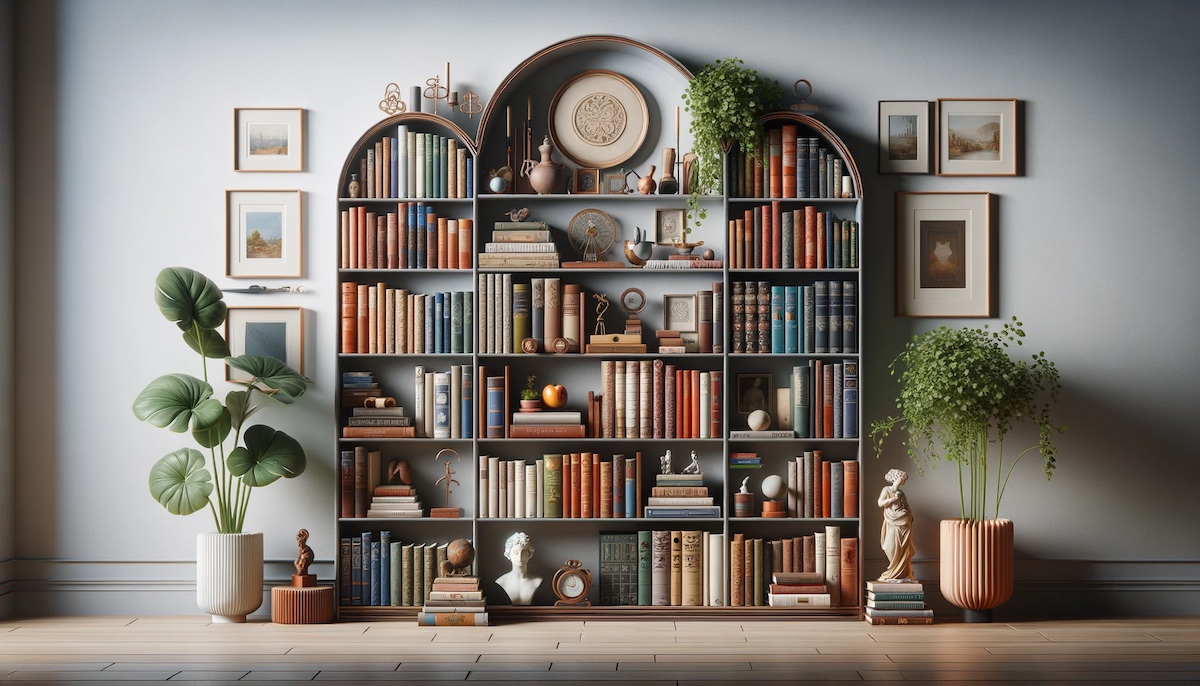

Office Furniture
How To Arrange Bookshelves
Modified: November 1, 2024
Learn how to arrange your bookshelves with office furniture. Find tips and ideas to maximize your space and create an organized and stylish look.
(Many of the links in this article redirect to a specific reviewed product. Your purchase of these products through affiliate links helps to generate commission for Storables.com, at no extra cost. Learn more)
Introduction
Welcome to this guide on how to arrange your bookshelves! Bookshelves are not just functional pieces of furniture; they also serve as a way to showcase your personality and interests. Whether you have a small home library or just a few shelves dedicated to books, arranging them in an organized and visually pleasing manner can make a big difference in the overall aesthetics of your space.
This article will provide you with practical tips and creative ideas to help you arrange your bookshelves in a way that is both functional and visually appealing. We will guide you through the process, from assessing your collection to adding decorative touches.
So, let’s dive in and transform your bookshelves into an organized and beautiful display!
Key Takeaways:
- Transform your bookshelves into an organized and visually appealing display by categorizing, grouping, and organizing your books by size. Add decorative touches to showcase your personal style and interests.
- Keep your bookshelf arrangement fresh by periodically reorganizing and refreshing it as your collection grows and changes. Enjoy the beauty and functionality of your transformed bookshelves while indulging in your favorite reads.
Read more: How Tall Should Bookshelves Be
Step 1: Taking Stock
The first step in arranging your bookshelves is to take stock of your book collection. Take a moment to gather all your books in a central location and assess what you have. This will help you determine the best way to organize them and make the most of the available space.
Start by categorizing your books based on their genre, subject matter, or any other classification system that makes sense to you. This will give you a clear picture of the different types of books you have and how many are in each category.
Once you have categorized your books, take note of any special or oversized books that may require separate storage or a different arrangement. These could include large art books, coffee table books, or collectible editions that you want to showcase prominently.
Additionally, consider if you have any other items you would like to display on the bookshelves, such as sentimental objects, decorative items, or small plants. Taking inventory of everything you want to include will help you plan the layout and ensure that there is enough space for everything.
By taking stock of your book collection and other items, you will have a better understanding of the scope of the project and the options available to you. This will make the organization process much smoother and ensure that you create a well-balanced and visually appealing arrangement on your bookshelves.
Step 2: Remove and Sort
Now that you’ve taken stock of your book collection, it’s time to remove all the books from the shelves and start sorting them. This step is crucial for decluttering and creating space for an organized arrangement.
Begin by clearing off one shelf at a time. As you remove each book, take a moment to assess its condition and relevance to your collection. If a book is damaged or no longer of interest to you, consider donating or discarding it.
As you sort through your books, keep in mind the categorization system you established in Step 1. Arrange the books in separate piles based on their genres or subjects. This will make it easier for you to see how many books you have in each category and how to distribute them across your bookshelves.
If you have a large collection, consider creating subcategories within each genre. For example, if you have a substantial collection of mystery novels, you could separate them further into subcategories such as detective fiction, thrillers, or cozy mysteries.
During this sorting process, you may also have the opportunity to rediscover books you forgot you had or come across titles you’ve been meaning to read. Take this chance to set aside any books you want to prioritize for upcoming reading or put on a separate “to-read” shelf.
Once you have sorted all your books into appropriate piles, take a moment to evaluate the quantity of books in each category. This will help you distribute them evenly on the shelves and create a balanced visual display.
By removing and sorting your books, you can streamline your collection and eliminate clutter. This sets the stage for the next step of arranging your bookshelves in a visually appealing and organized manner.
Step 3: Categorize and Group
With your books sorted and ready to go, it’s time to move on to categorizing and grouping them. This step will help you create a logical and visually pleasing arrangement on your bookshelves.
Start by organizing your books based on their categories or genres. Place books of the same genre together, such as fiction, non-fiction, biographies, or self-help. This will make it easier for you and others to locate specific books when browsing your collection.
Within each category, consider further groupings based on subgenres or themes. For example, if you have a collection of fantasy novels, you could group them by series, author, or themes like epic fantasy or urban fantasy.
When grouping your books, take into account the size and shape of each book. Place larger or oversized books on the bottom shelves to provide stability, and arrange smaller books on the upper shelves. This will help create a balanced and visually appealing arrangement.
Another option for organization is to group books based on their color. This can create a stunning visual display, particularly if you have books with vibrant covers or coordinated color schemes. However, keep in mind that organizing by color may make it harder to find a specific book, so choose this method if aesthetics are more important to you than ease of access.
If you have a collection of books in different languages, consider grouping them separately or highlighting them in a distinctive section. This can create an interesting visual element and showcase your diverse reading interests.
Remember, the goal of categorizing and grouping your books is to create an organized and visually pleasing arrangement. Don’t be afraid to experiment and arrange your books in a way that reflects your personal style and preferences. The key is to create a system that works for you and makes it easy to locate and enjoy your books.
Step 4: Organize by Size
Once you have categorized and grouped your books, the next step is to organize them by size. This step is crucial for creating a neat and balanced visual display on your bookshelves.
Begin by arranging your books from tallest to shortest. Place the tallest books at the ends or the center of each shelf, depending on your preferred aesthetic. This will create a symmetrical and visually appealing arrangement.
If you have books of similar height, consider organizing them by width. Arrange wider books towards the bottom of the shelf and narrower books towards the top. This helps create a visually pleasing transition and prevents the shelves from looking crowded or imbalanced.
Take into account any oversized or special edition books you have identified during the sorting process. These books may need separate shelving or careful placement to highlight their unique features. Consider using bookends or incorporating them as focal points in your arrangement.
When organizing your books by size, it’s important to leave some breathing room between each book. This not only improves the overall aesthetic but also makes it easier to remove and return books without damaging the surrounding ones.
Don’t forget to consider the spacing between shelves as well. If you have taller books that require extra space, adjust the shelf heights accordingly to accommodate them. This will help maintain an organized and visually pleasing arrangement throughout the entire bookcase.
By organizing your books by size, you can create a visually balanced arrangement that not only looks great but also makes it easier to access and enjoy your books.
Arrange books by size and color to create a visually appealing display. Use bookends to keep books upright and add decorative items for interest.
Read more: How To Keep Dust Off Bookshelves
Step 5: Consider the Aesthetics
Now that your books are categorized, grouped, and organized by size, it’s time to consider the aesthetics of your bookshelf arrangement. This step is all about adding visual interest and personalizing your bookshelves.
One key aspect to consider is the balance of space and negative space. Avoid overcrowding your shelves by leaving some empty space or incorporating decorative objects. This not only gives your books room to breathe but also provides opportunities to showcase your personal style.
Interspersing decorative items among your books can make your bookshelves more visually appealing. Consider adding small plants, framed photos, sculptures, or other meaningful objects. These decorative touches can break up the monotony of books and add an element of personalization to your shelves.
Another way to enhance the aesthetics is to vary the orientation of your books. Instead of just having them all standing upright, try stacking some horizontally or leaning them at an angle. This can create visual interest and add a sense of movement to your arrangement.
Consider the color palette of your bookshelves as well. If you have a specific color scheme in your room, try to incorporate elements of that color into your bookshelf arrangement. This can be done through book covers, decorative objects in coordinating colors, or even colored bookends.
Don’t forget about lighting! Proper lighting can greatly enhance the visual appeal of your bookshelves. If possible, position your shelves near a window to take advantage of natural light. Additionally, consider adding small LED lights or a spotlight to highlight specific areas or objects on your shelves.
Remember, the aesthetics of your bookshelf arrangement are an opportunity to express your creativity and showcase your personal style. Experiment with different decorative elements, color schemes, and arrangements until you achieve a look that you love.
Step 6: Fill in the Gaps
After considering the aesthetics of your bookshelf arrangement, it’s time to fill in any remaining gaps or empty spaces. This step is important for achieving a polished and cohesive look.
Start by assessing the areas where there may be open spaces or shelves that appear incomplete. Look for opportunities to add smaller books, paperback editions, or magazines to fill these gaps. This not only helps create a more visually balanced arrangement but also ensures that all available space is utilized effectively.
If you have a collection of series or books by the same author, consider placing them together to create a cohesive look. This can be done either by stacking them or placing them side by side on a shelf. It helps to create an organized and pleasing visual flow.
Another way to fill in the gaps is by incorporating bookends or other decorative objects. These can be used to separate different sections or add visual interest to empty spaces. Look for bookends that match your personal style or add a touch of whimsy to your bookshelf arrangement.
If you have any vertically oriented empty spaces, consider adding small potted plants or decorative vases. This can add a natural element and bring life to your bookshelves. Just be sure to choose plants that are suitable for indoor conditions and require minimal care.
As you fill in the gaps, it’s important to maintain a sense of balance and avoid overcrowding. Remember that negative space can be just as important as the objects themselves. Strive for a harmonious arrangement that allows each element on your bookshelf to shine.
By filling in the gaps, you can create a visually complete and well-organized bookshelf arrangement that will be a joy to behold.
Step 7: Add Decorative Touches
In the final step of arranging your bookshelves, it’s time to add those finishing decorative touches that truly make your bookshelf arrangement unique and personalized.
One way to enhance the overall aesthetic is by incorporating visually appealing bookends. Choose bookends that match your personal style and complement the theme of your book collection. They can range from simple and sleek designs to more intricate and decorative ones.
Consider adding framed photos or artwork that resonate with you. They can be placed on top of the bookshelves or leaned against the books to create an interesting visual layer. Just ensure that the size and placement do not obstruct the view of your books.
Add a touch of greenery by placing small potted plants strategically throughout your bookshelves. Plants not only add a natural element but also help to purify the air and create a calming atmosphere. Opt for low-maintenance plants like succulents or small leafy plants that thrive in indoor conditions.
Showcase your favorite collectibles or sentimental items by placing them among your books. This can include items like small sculptures, figurines, or pieces of artwork that hold special meaning to you. Use them sparingly to avoid overwhelming the bookshelf display.
Consider incorporating decorative boxes or baskets to hold smaller items or easily misplaced objects. These can add a touch of organization while also adding visual interest to your bookshelves. Choose containers that complement the overall aesthetic and color scheme of your arrangement.
Finally, don’t be afraid to let your own creativity shine. Add personal touches such as handwritten notes or small trinkets that reflect your interests or hobbies. These small elements can make your bookshelf arrangement feel even more unique and reflective of your personality.
Remember, the goal of adding decorative touches is to enhance the overall aesthetic and make your bookshelves feel like an extension of your personal style. Take your time to select meaningful objects and arrange them in a way that is visually pleasing and showcases your individuality.
Conclusion
Congratulations! You have now reached the end of this guide on how to arrange your bookshelves. By following these steps, you have transformed your bookshelves from a cluttered mess into an organized and visually appealing display. You have created a space that not only showcases your book collection but also reflects your personal style and interests.
Remember that arranging your bookshelves is a process that takes time and patience. It’s important to assess your collection, remove any unnecessary items, and categorize and group your books thoughtfully. By organizing them by size and considering the aesthetics, you have created a visually balanced arrangement that is pleasing to the eye.
Add those finishing touches, whether it’s incorporating decorative objects, using bookends, or adding small plants. These details add personality and make your bookshelf arrangement truly unique.
But don’t forget that arranging your bookshelves is not a one-time task. As your collection grows and changes, you may need to revisit and adjust your arrangement. Take the time to periodically reorganize and refresh your bookshelves, ensuring that they continue to inspire and delight you.
So now, sit back, grab a book from your newly arranged shelves, and enjoy the beauty and functionality of your transformed bookshelf arrangement. Happy reading!
Frequently Asked Questions about How To Arrange Bookshelves
Was this page helpful?
At Storables.com, we guarantee accurate and reliable information. Our content, validated by Expert Board Contributors, is crafted following stringent Editorial Policies. We're committed to providing you with well-researched, expert-backed insights for all your informational needs.
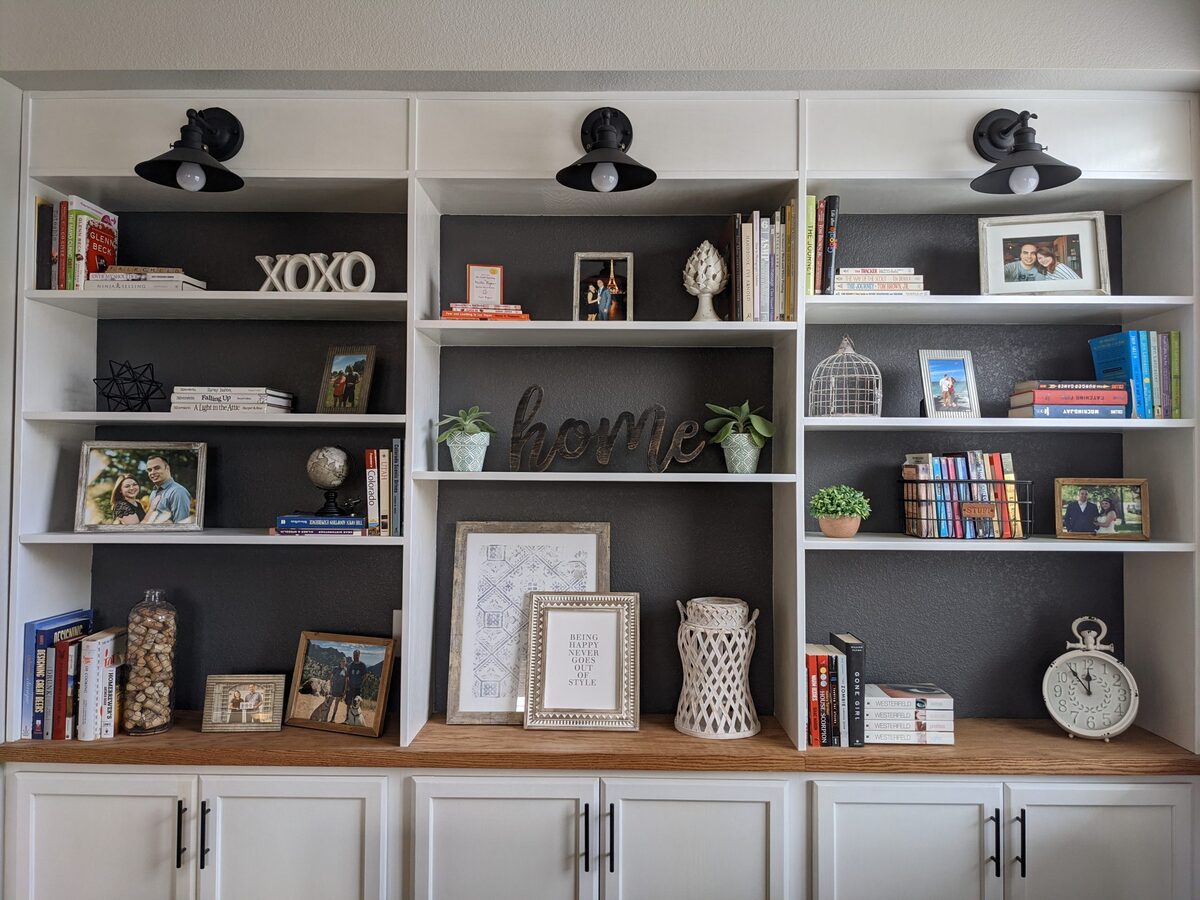
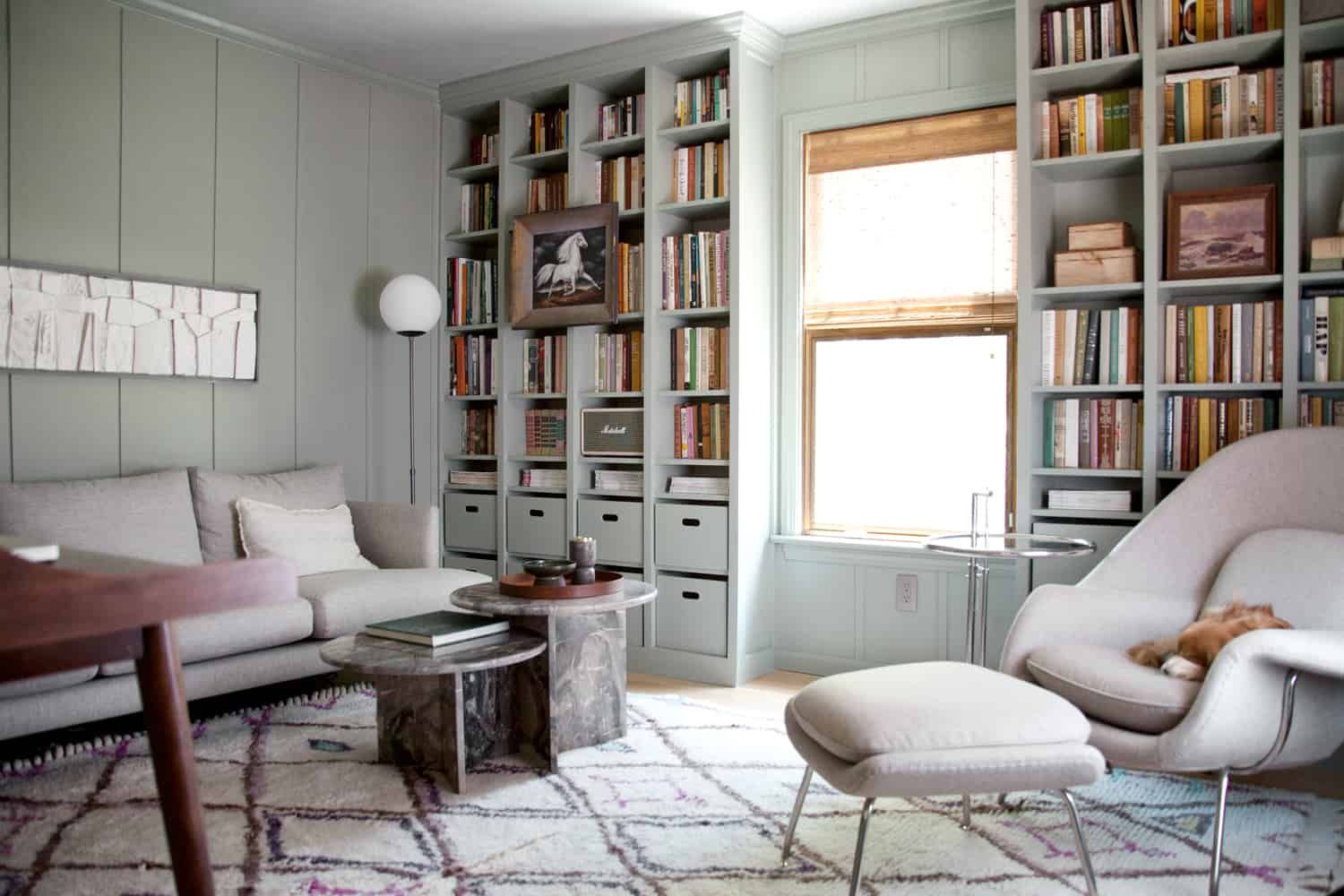
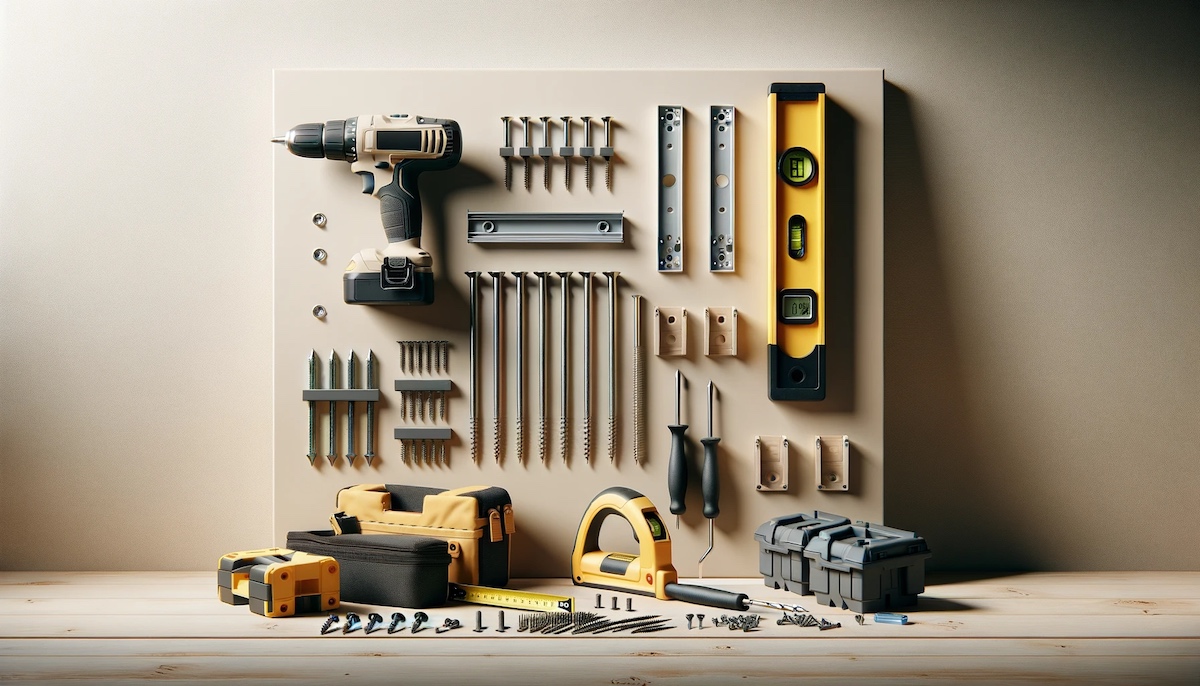
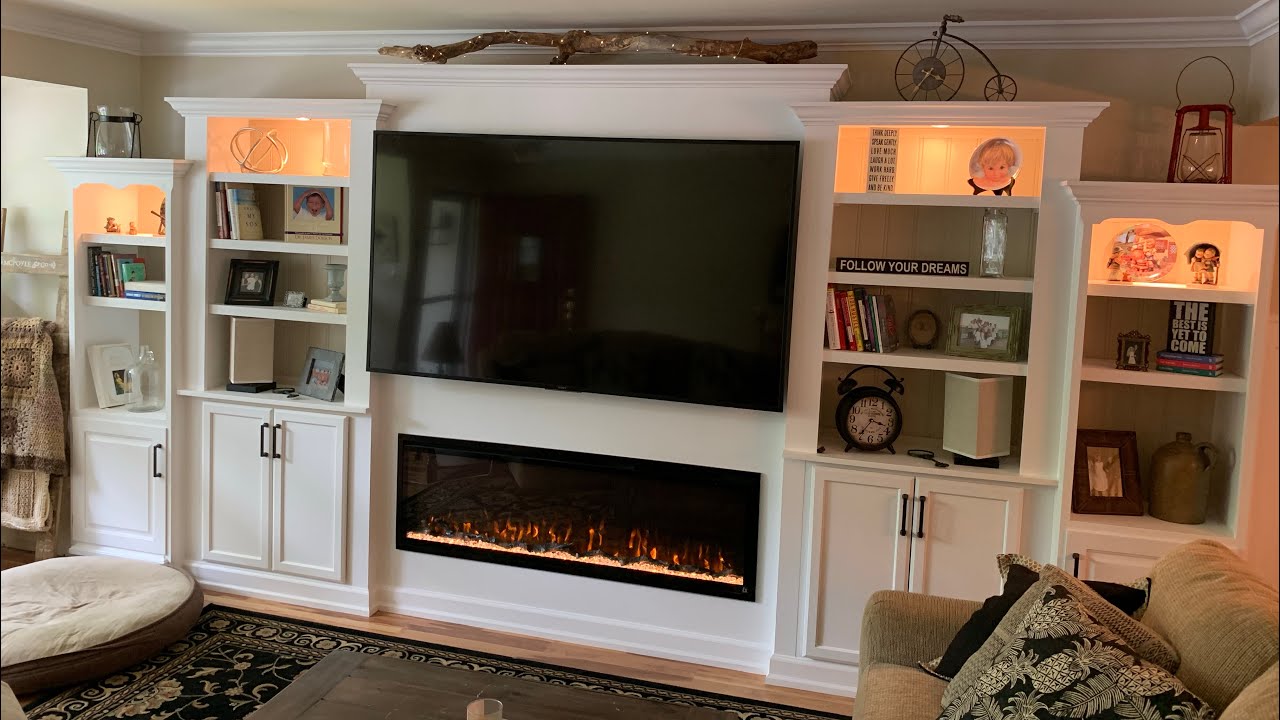
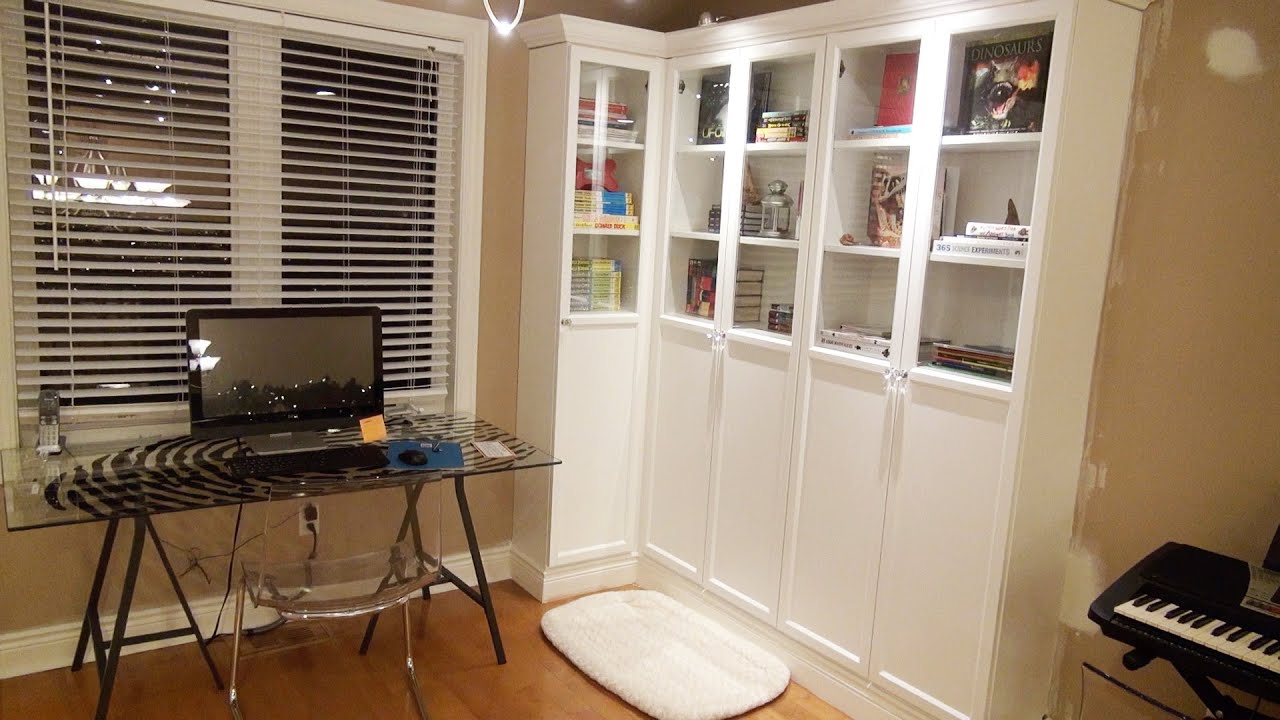
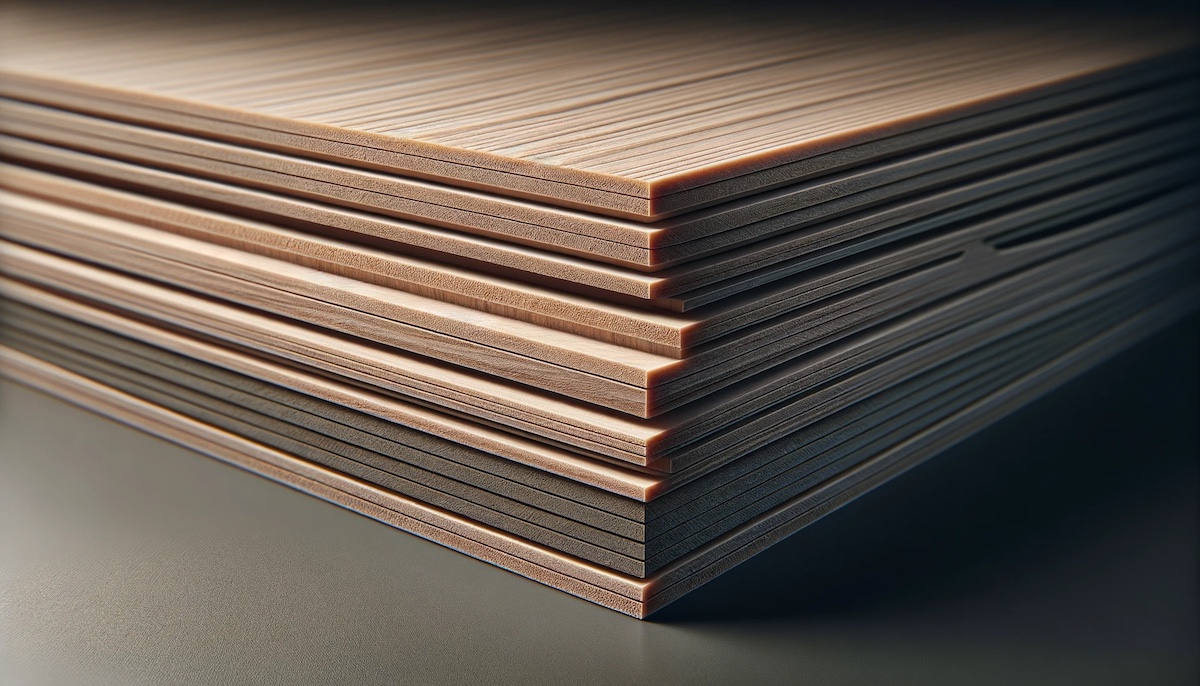

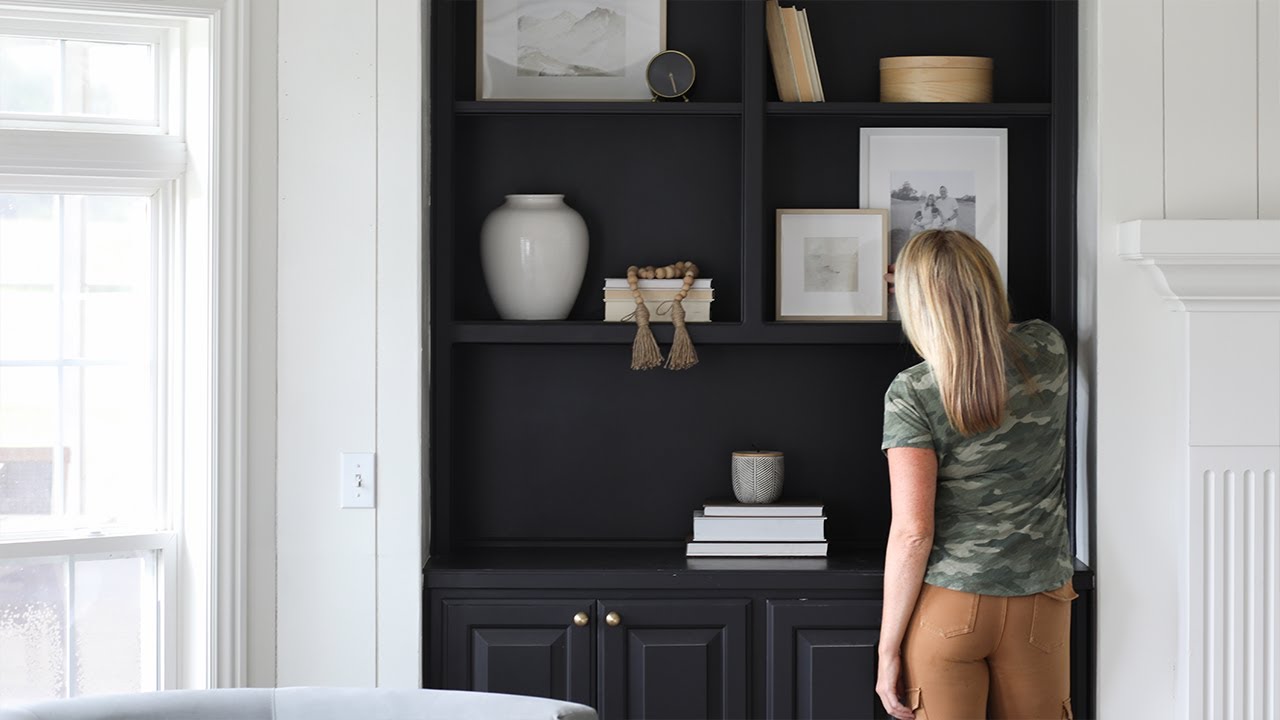
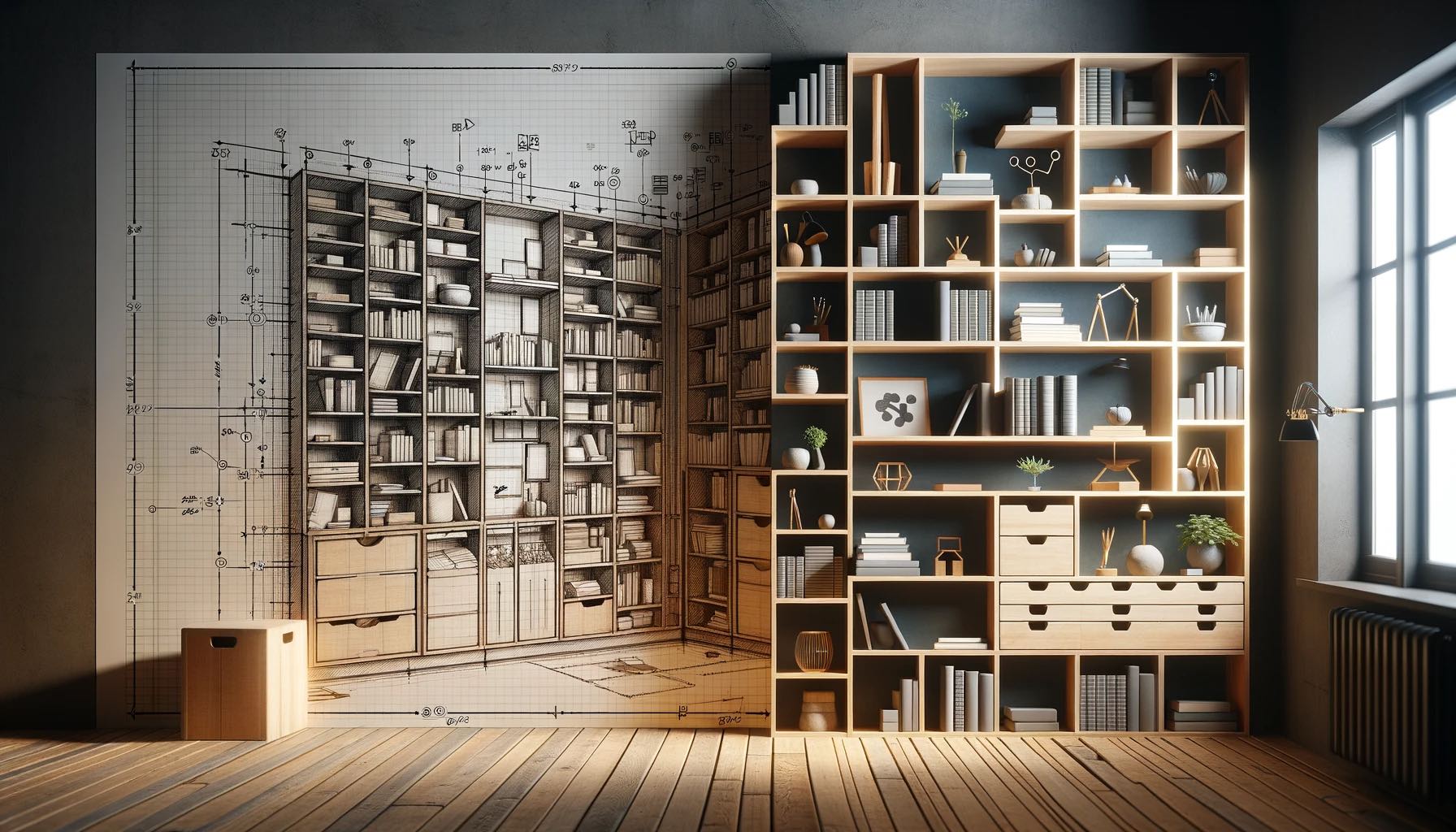
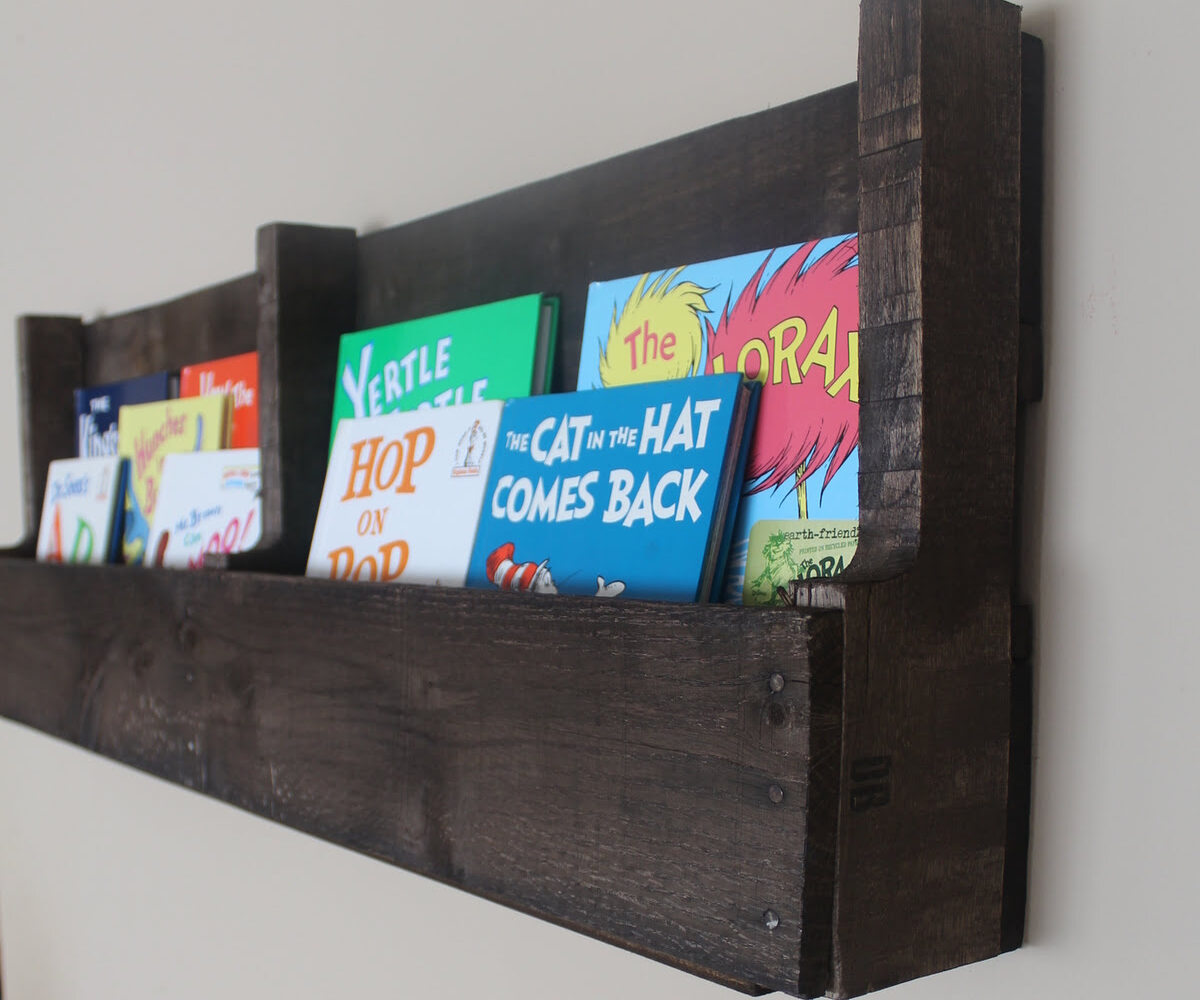
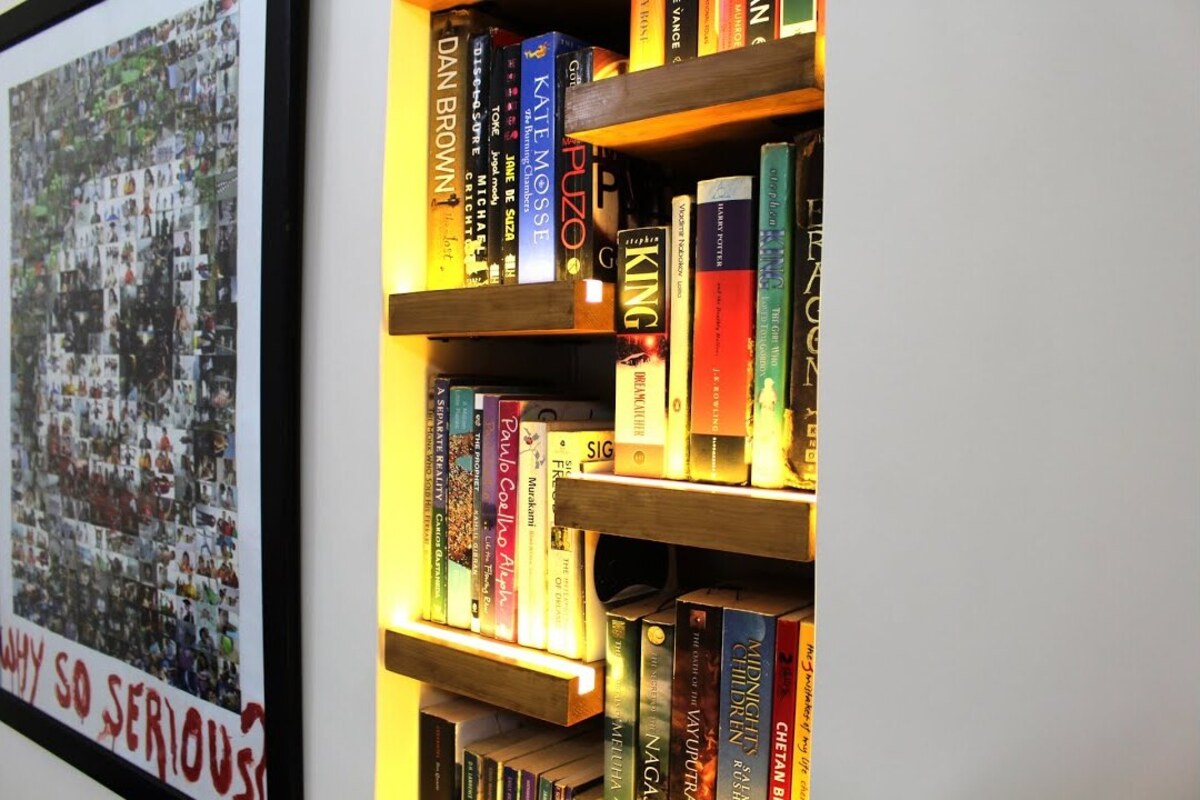
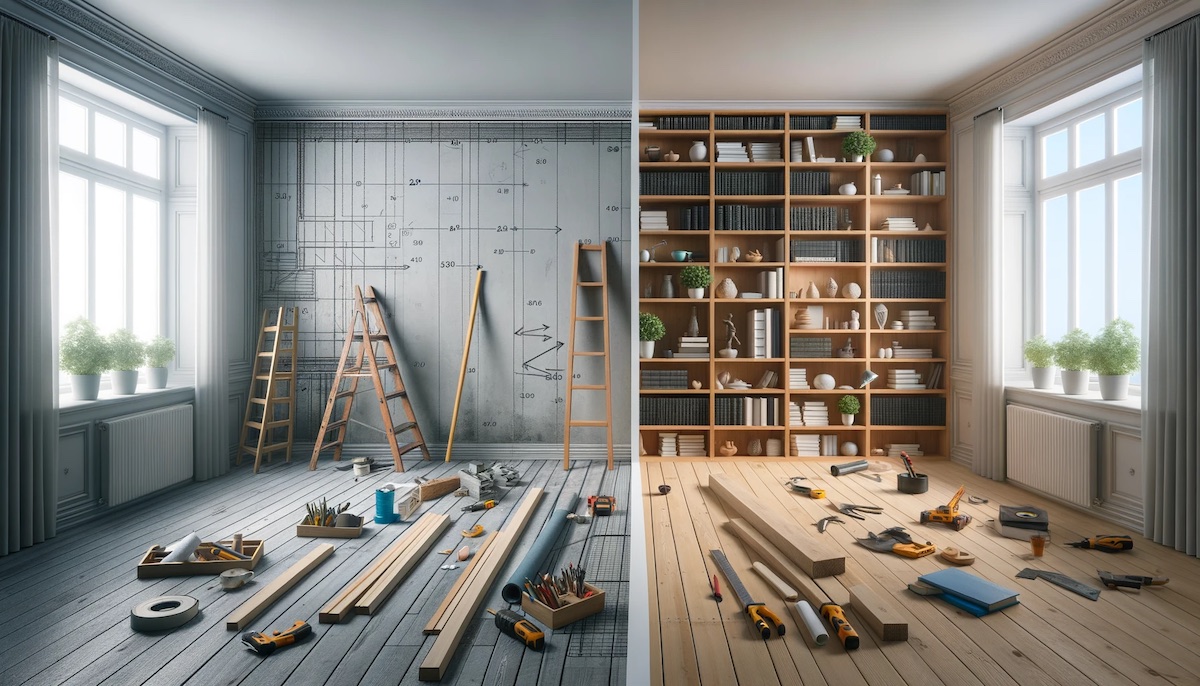
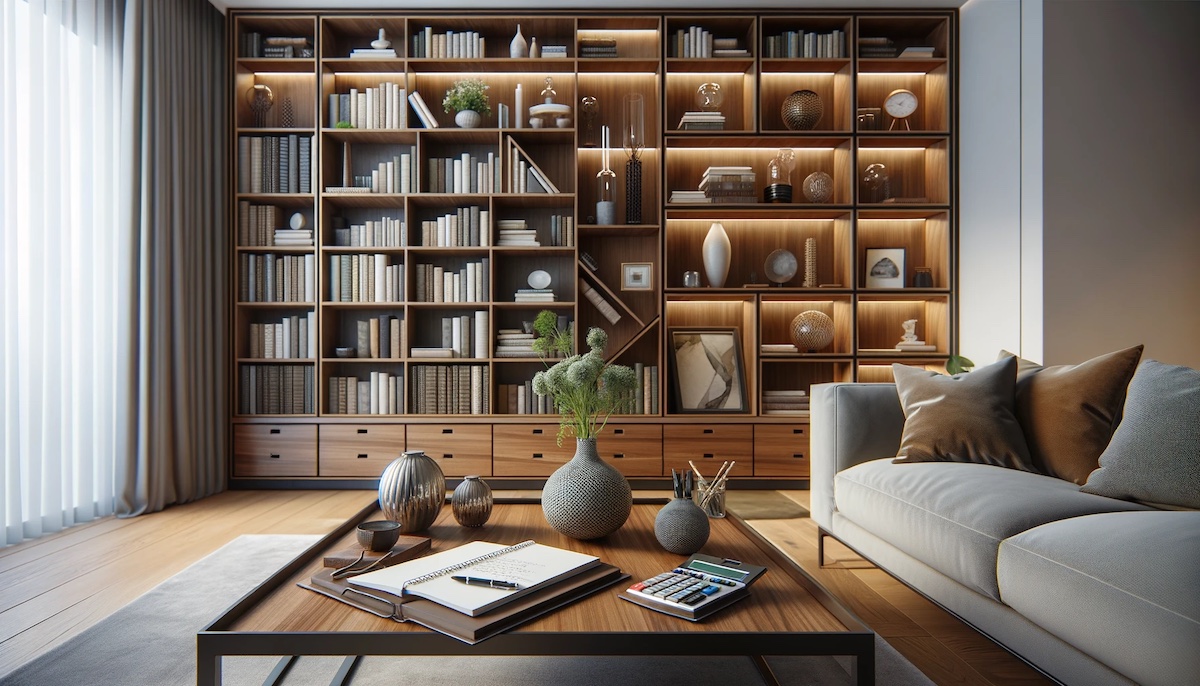
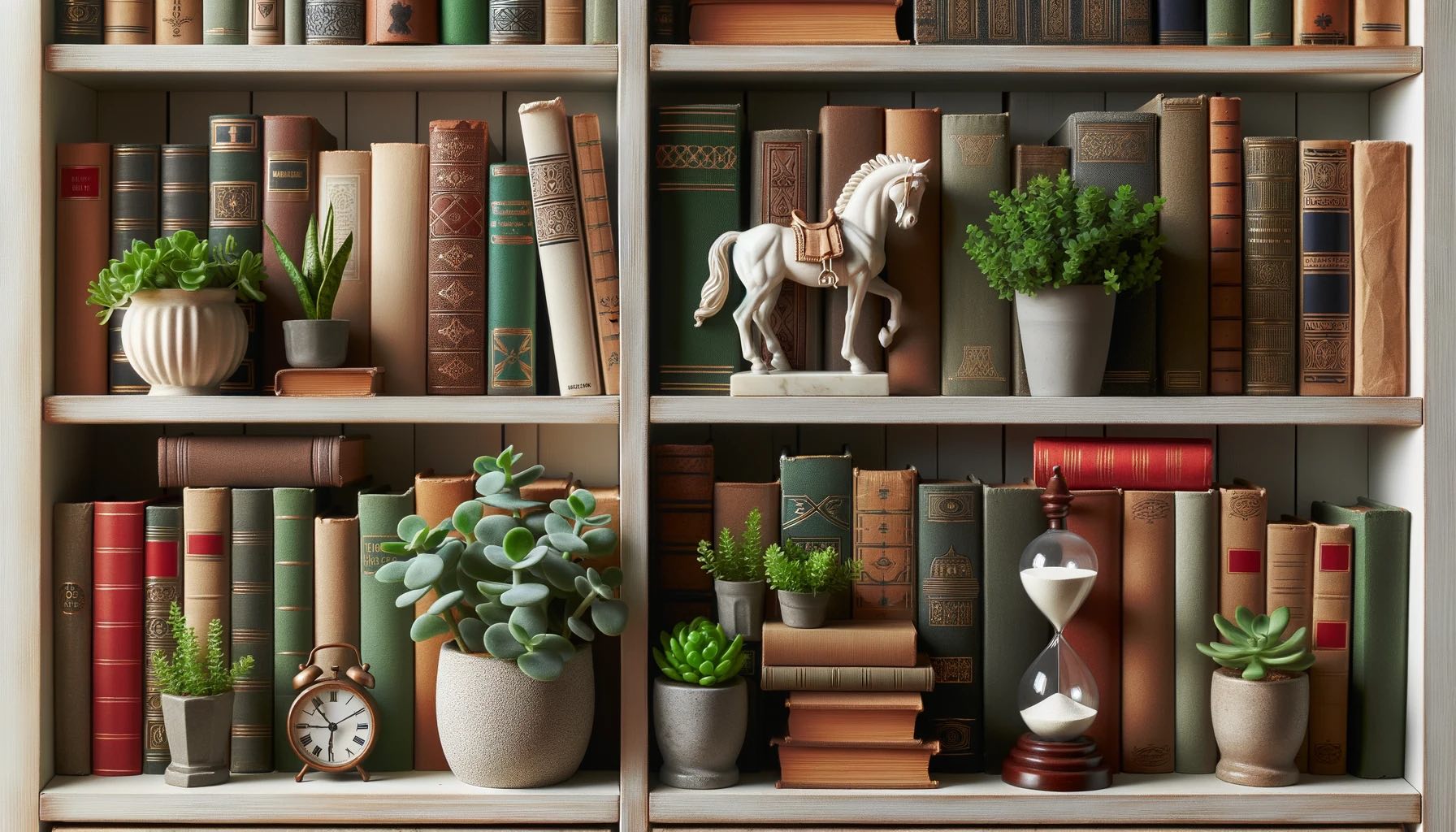

0 thoughts on “How To Arrange Bookshelves”